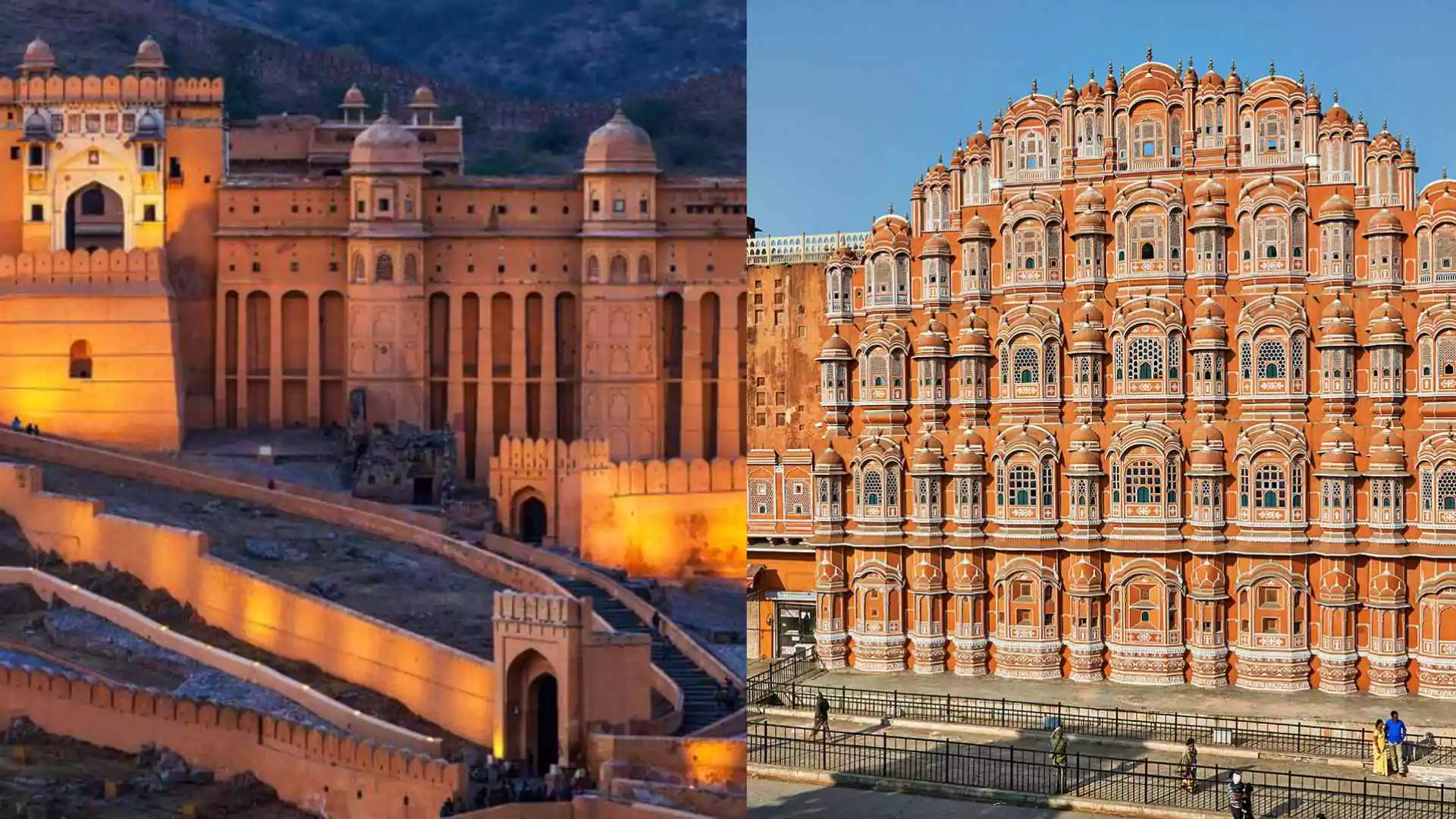A new study has revealed alarming projections for Tamil Nadu, one of India’s most urbanized states, highlighting a significant rise in thermal discomfort in the coming decades. Rapid urbanization and rising temperatures are making the state increasingly vulnerable to climate change, with severe implications for health and well-being.
Currently, about 48.45% of Tamil Nadu’s population resides in urban areas, according to the 2011 census, and this figure is expected to rise to 60% by 2036. This shift is contributing to an increase in exposure to extreme heat and humidity, which in turn exacerbates health risks. A recent climate risk assessment by the Climate Studio at the Centre for Climate Change and Disaster Management (CCCDM), Anna University, projects that thermal discomfort days in Tamil Nadu will rise sharply in the coming decades.
Under the SSP2-4.5 climate scenario, which assesses global temperature rise, the study forecasts that thermal discomfort days, which currently exceed 100-125 days annually in the northern coastal regions, will increase to 200-250 days by mid-century. By the end of the century, these discomfort days could surpass 250 days each year, particularly in densely populated cities like Chennai. This escalating thermal discomfort is a growing concern, as it could severely impact public health, especially in vulnerable populations such as the homeless.
Chennai, in particular, faces unique challenges. The city’s high population density and the presence of vulnerable groups such as the homeless increase the risks posed by extreme weather conditions. Key areas like Tambaram, Chennai, and Avadi are most affected by multiple climate-related hazards, including floods, droughts, heatwaves, thermal discomfort, pollution, and sea-level rise. Thanjavur is also at risk due to high drought susceptibility, with 44 days of heatwaves and 27 days of thermal discomfort each year.
The study identifies Dindigul, Tirunelveli, and Vellore as the most vulnerable cities in Tamil Nadu. These cities face challenges due to inadequate green cover, a lack of waterbodies, and extensive built-up areas, which make them less resilient to the worsening effects of climate change.
Social activist Joel Shelton emphasizes the need for a comprehensive housing scheme for the homeless, particularly Dalits, who constitute a large portion of the homeless population in the state. He advocates for reducing the financial burden on the poor in building homes, suggesting that a rental housing program would provide a viable solution. Furthermore, Shelton points out that many tenements constructed for people relocated from waterbodies are not climate-resilient. High-rise buildings in such areas are too close together, creating a “heat island” effect that worsens the impacts of extreme weather.
To address these growing climate risks, the report stresses the need for both grey (infrastructure) and green (nature-based) solutions across urban and rural areas. Kurian Joseph, Director of CCCDM, stresses that while nature-based solutions such as urban greenspaces should be prioritized, some physical infrastructure is necessary due to practical limitations. He advocates for expanding urban greenspaces, which ideally should cover 30% of a city’s area. However, in Chennai, this figure is currently only 3%. In the absence of space for further greenspace development, Joseph suggests equipping buildings, especially those for disadvantaged communities, with air conditioning powered by solar energy or cool roofing solutions to mitigate the effects of extreme heat.
(WITH AGENCY INPUTS)
ALSO READ: BJP Strikes Back At Congress, Raises Concerns Over Ties To Soros And China






















